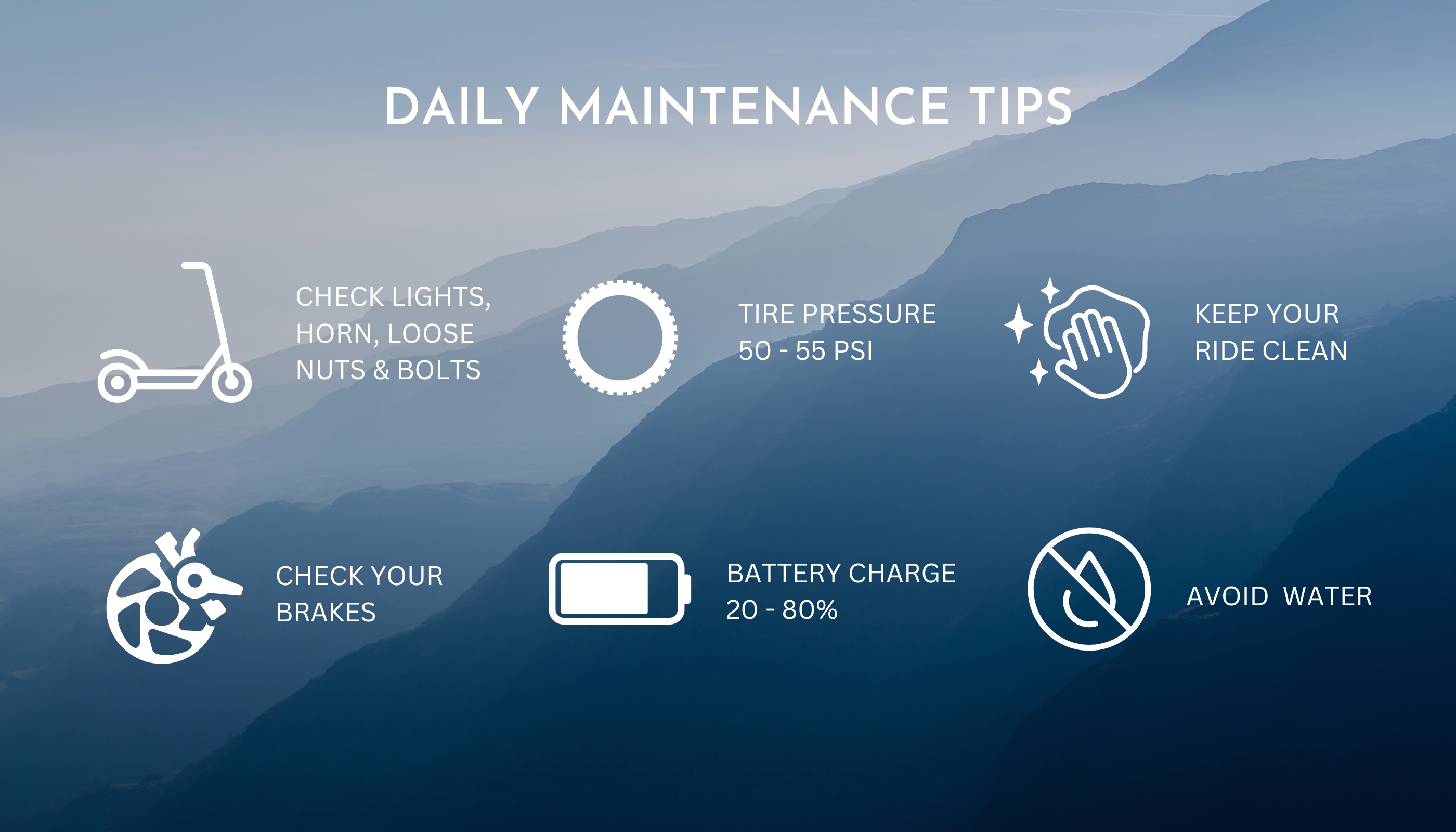Let’s press pause on fast turns and swift rides to learn about electric scooter brakes!
Critical to any electric scooter is its stopping power so we wanted to break down the types of brakes offered, functionality and maintenance tips.
Most electric scooters offer both or one mechanical type of braking, drum brakes and disc brakes.

Should I buy an electric scooter with drum brakes?
The drum brakes are enclosed inside the wheel hub and have pads that push outward against the braking surface, causing friction that slows down the wheel. They are activated by a cable connected to a lever, same as the disc brakes.
| Pros | Cons |
|
|

Should I buy an electric scooter with disc brakes?
Disc brakes a disc or rotor is fitted in the outer side of the wheel with brake pads inside a caliper, a cable connected to the lever transmits force to the caliper causing the brake pads to pinch the rotor to stop.
| Pros | Cons |
|
|
When do I need to adjust or change my electric scooter disc brakes?
Typically, disc brakes will require replacing every 300 to 900 km but this depends on how often the brakes are applied. It’s best practice to adjust the brake pads every 6 to 8 months to ensure optimal performance.
Is it a deal breaker?
No! The riding experience and safety will not be impacted by which type of brake is installed. Whether the brakes are drum or disc the primary factor is maintenance and riding experience. When choosing an electric scooter, focus on these points:
- How many brakes do I need?
- Will I be riding downhill often and are they steep?
- Will I be riding on wet surfaces often?
Riding around the city in bike lanes may not require massive stopping power so commuters find electric scooters with small motors, lower top speed limit and a single brake sufficient! A great example is the SPRINT.
More power and larger vehicles with higher top speeds will offer dual brakes for more stopping power. Ride fast and stop fast with the TOUR XL.


